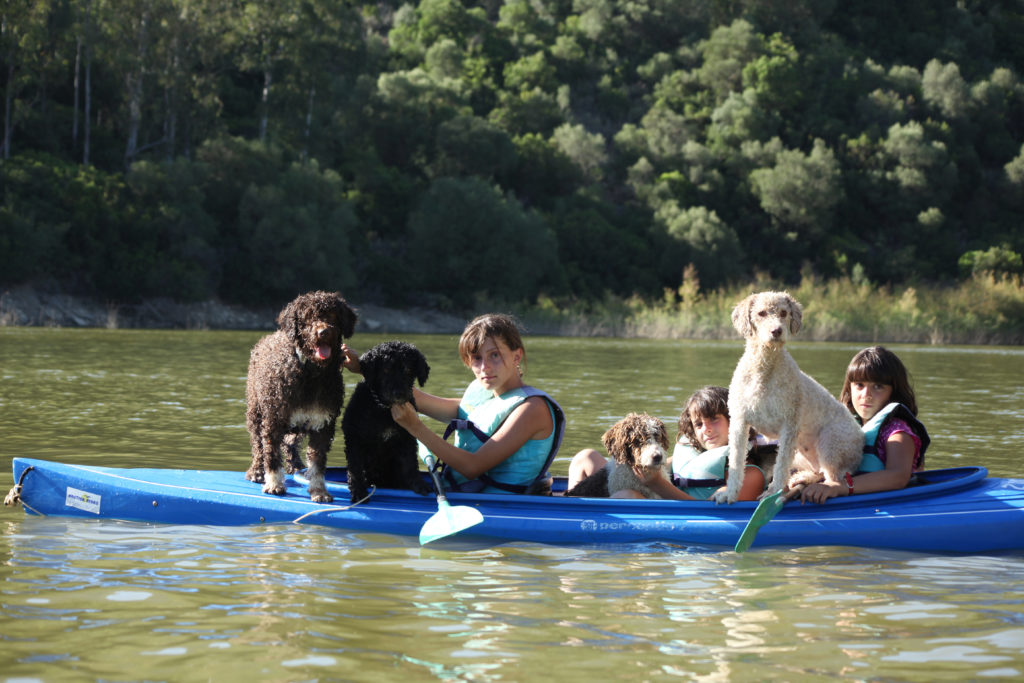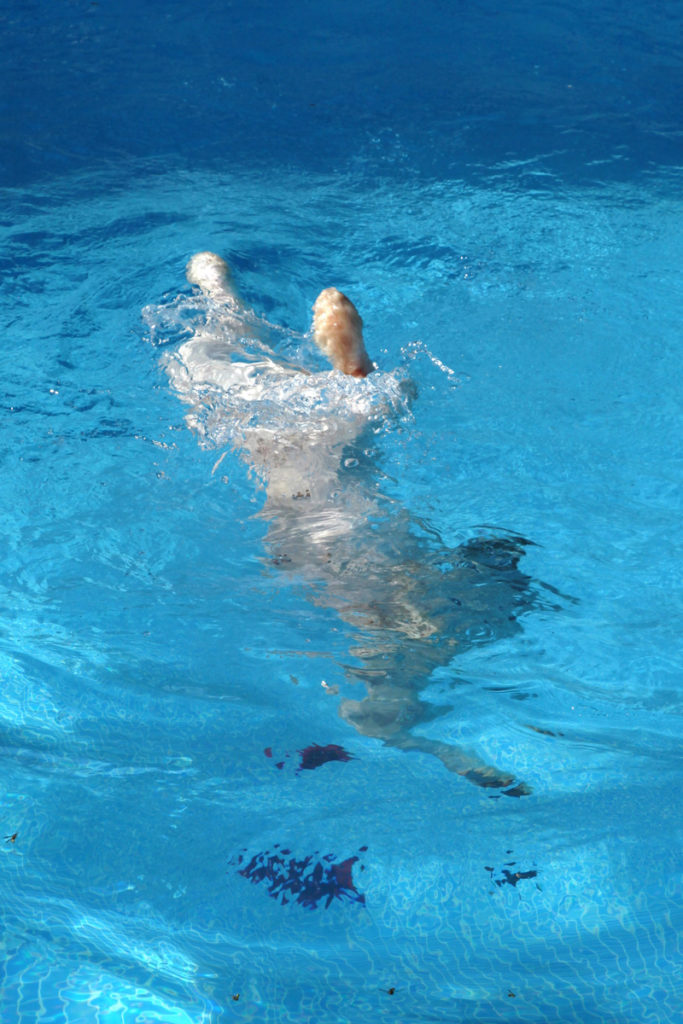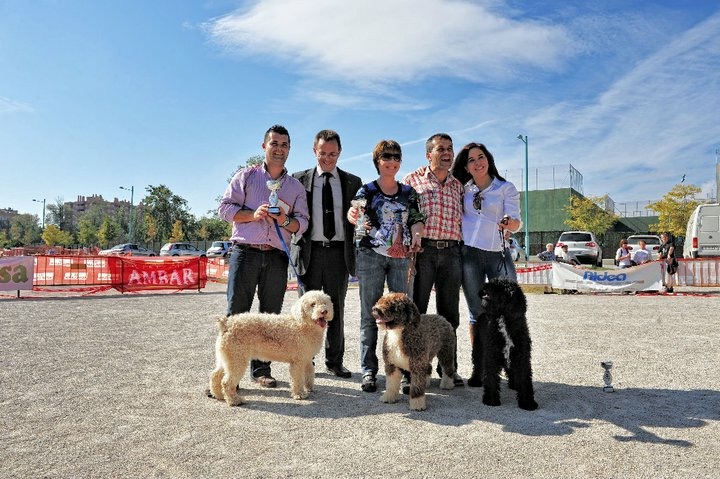Once upon a time in a village in the Sierra de Cádiz, back in the year 1962, its streets Toledo, Trinidad, Nevada, Torre, and others were flooded by the largest flock of sheep in the region. They were passing from the valley along the river and its orchards to the high mountains. It was a sort of short transhumance through streets that must have been cattle tracks and paths many years ago when the village had barely any buildings. Hundreds of Merino sheep walked through the streets, led at the front by a large old ram with heavy horns and a hoarse bell hanging from a collar full of calluses. As the streets cleared, the local women with their brooms made of broom and their wooden scoops hurried to gather all the droppings to put them in their baskets and later into their flowerpots, adorning their balconies with beautiful flowers. Behind them, in the rear guard, were the shepherds with several dogs that had been going up and down the sides to prevent any sheep from entering any door or deviating from the route through any of the side streets.
It wasn’t the first time I had seen one of the shepherds who was controlling the flock. His face was familiar to me because he lived on a street near mine, and I knew his wonderful Spanish Water Dog named “Victoria.” The shepherd’s name was José de Miguel, nicknamed “José El Moro,” an employee of the sheep magnate in the region known as “El Santo,” who leased lands with good pastures throughout the mountains and beyond in some hills and plains. I couldn’t say how many sheep there were, as at that age I didn’t understand large quantities.
Winter passed, and I didn’t see the sheep again, but I did see Victoria, José El Moro, and other fieldmen, muleteers who, with their mules and carts, brought hundreds of sacks filled with the wool of those sheep in June. They had just been sheared and stored them in Plaza La Trinidad in the basements of the wool merchant’s house, “Diego Arena.” This gentleman spread the word among his grandchildren to tell the children, who were always playing in the square, to help gather the wool by climbing on top of the sacks, many of which were open or torn to make more space and fit more quantity into those basements. The wool came very dirty, smelly, damp, and full of all kinds of prickles. José El Moro gave orders to the boys, and the dog searched for possible mice or rats hidden in the sacks or gaps in that basement. It was an afternoon of joy for us because Don Diego Arenas gave each of us a few pennies so that we could buy candies at the kiosk of “La Coia Panala.” When we returned home smelling of sheep dung—in my case, my mother, who had her dressmaking academy in the front room of the house filled with well-dressed and perfumed students, called her sister Nati and told her to take off my clothes and give me a bath with a strong soap of those times that washed, disinfected, and perfumed… In less than an hour, I was back on the street, dressed in clean clothes, ready to see how the task of the wool in La Trinidad was going, and I found again that curly black and wet dog that came alongside José. I followed him from afar until he reached a small pen in his street, opened the door, and in one of the stables put Victoria, took a jug with water from the basin, and poured it into a cork basin, closed the door, and left… For whatever reason, I still don’t know. The name of the dog, her type, disposition for work, the image of José El Moro with that horn between his shoulders, his dirty cap, and the smell of the bestial feces tied with zotal of the enclosure.
Joseph had a lot of genius and was not very talkative with children; but he had three sons and two daughters and his wife liked canaries very much. What I wanted was a puppy from Victoria that I never got although I made friends with two of her children, Pepe and Paco. The dog bred once, that I was aware of; but I was a child who was ignored and the puppies were barely weaned to other shepherds who had them.










